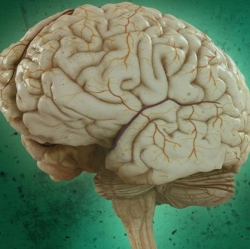
In a bid to understand the brain and also to create robotics limbs that behave more realistically, a team of three European universities has developed an accurate new model of how neurons behave when performing complex movements.
The results from the University of Cambridge, University of Oxford, and the Ecole Polytechnique Fédérale de Lausanne (EPFL) are published in the June 18 edition of the journal Neuron.
The new theory was inspired by recent experiments carried out at Stanford University, which had uncovered some key aspects of the signals that neurons emit before, during, and after a movement.
“There is a remarkable synergy in the activity recorded simultaneously in hundreds of neurons,” said Guillaume Hennequin, PhD, of EPFL’s Department of Engineering, who led the research.
“In contrast, previous models of cortical circuit dynamics predict a lot of redundancy, and therefore poorly explain what happens in the motor cortex during movements.”
In addition to helping us better understand the brain, better models of how neurons behave will aid in designing prosthetic limbs controlled via electrodes implanted in the brain.
“Our theory could provide a more accurate guess of how neurons would want to signal both movement intention and execution to the robotic limb,” said Hennequin.
